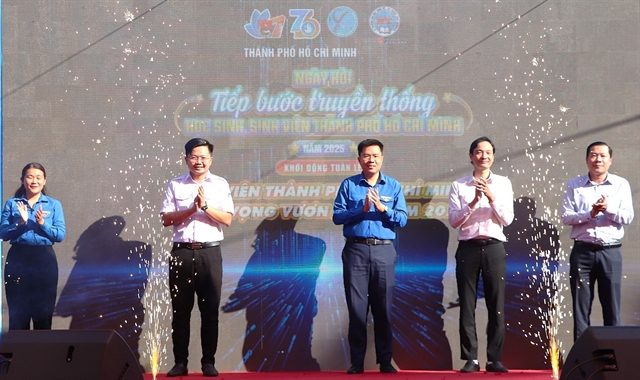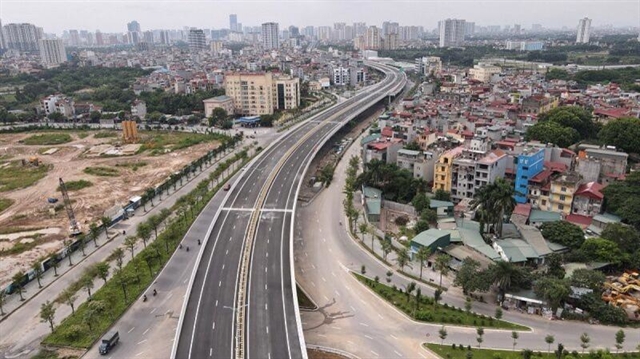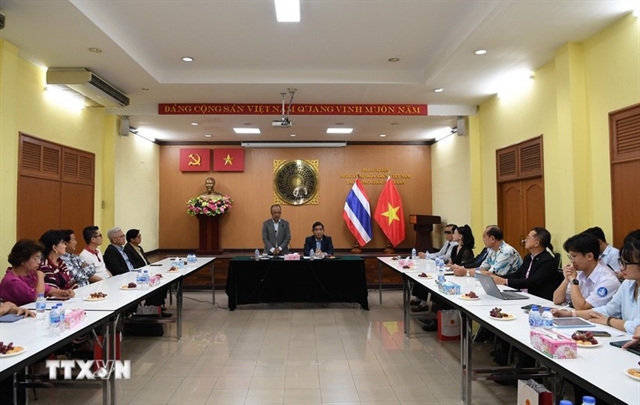 Society
Society


|
| The Ring Road No 3 in HCM City. The city is expanding transport links after merging with former provinces Bình Dương and Bà Rịa-Vũng Tàu. — VNA/VNS Photo |
HCM CITY — HCM City is accelerating transport infrastructure development to boost regional connectivity following its recent administrative merger with the former provinces of Bình Dương and Bà Rịa-Vũng Tàu.
The two provinces have now been absorbed into an expanded HCM City, creating a new mega-region. This major restructuring aims to simplify governance, improve coordination, and support more balanced growth across southern Việt Nam.
With the new unified boundaries, city planners are focusing on large-scale transport projects such as expressways, ring roads, and metro lines to better link urban centres, industrial zones, ports, and satellite cities within the greater HCM City area.
Regional integration
One of the key projects is a large circular highway around the city designed to ease congestion and speed up travel between core economic zones.
Sections of the road are already under construction and are expected to be completed in phases over the next few years.
Another major highway project aims to connect HCM City directly with former provincial areas further inland and the Central Highlands.
This route is expected to be completed by 2027, cutting travel times and improving goods transport.
In addition, a new metro line will be the first to run between HCM City and the former Bình Dương area.
Spanning over 30km, the high-speed line will improve public transit and reduce reliance on cars. Construction is set to begin in 2027 and finish by 2031.
Improving access to Southern coast
Reaching the southern coastal area of the former Bà Rịa-Vũng Tàu has traditionally involved long and indirect road journeys or ferry rides. However, several new transport projects aim to significantly shorten travel times.
These include new expressways, upgraded highways, and bridges that form part of a more integrated regional network.
One proposal even includes a sea bridge that could cut the distance between the city and the coastal area by around 40km.
A coastal corridor is also being planned to better connect the southern part of the city with nearby provinces and port areas.
Transport and urban planning experts say the merger offers a good opportunity to streamline development and eliminate overlapping jurisdictions.
Assoc. Prof. Vũ Anh Tuấn from the Vietnamese-German University said that while the former provinces had invested heavily in infrastructure, they often lacked coordination. “The merger allows for more unified, strategic planning.”
Urban expert Assoc. Prof. Nguyễn Minh Hòa said the shift toward a multi-centre urban region requires modern and sustainable transport systems.
“With one central administration, we can now overcome many bureaucratic delays,” he said.
Lương Minh Phúc, director of HCM City’s transport investment authority, said the merger also allows for larger and better-funded projects.
“We’re moving from isolated efforts to building full transport corridors that connect people, goods, and services across the region,” he noted. — VNS




